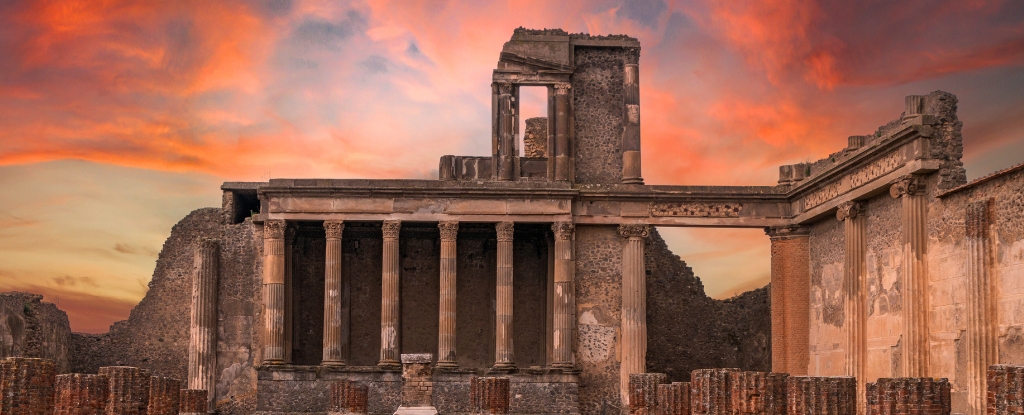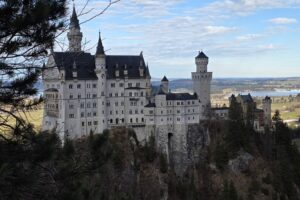
Archaeologists have unveiled significant evidence indicating that life resumed in Pompeii after the catastrophic eruption of Mount Vesuvius in 79 AD. The directors of the archaeological site made this announcement on Wednesday, revealing that some survivors may have returned to the devastated city, which once housed over 20,000 residents. Many of these individuals could not afford to relocate, leading them to seek refuge among the ruins.
The research suggests that these returning inhabitants were not alone. Others ventured into the area, hoping to find valuable belongings left behind in the destruction. According to the archaeological team, this reoccupation likely formed an informal settlement characterized by precarious living conditions lacking the infrastructure typical of Roman cities. The area remained occupied until its total abandonment in the fifth century.
Insights into the Settlement’s Nature
While evidence of life resurfacing in Pompeii has been noted in previous studies, the latest excavations have provided clearer insights. Gabriel Zuchtriegel, the site director, described the findings as revealing “more than a city, a precarious and grey agglomeration, a kind of camp, a favela among the still recognizable ruins of the Pompeii that once was.” The ongoing excavations uncovered that former ground floors of buildings were repurposed into cellars with ovens and mills, indicating a shift in living arrangements.
Zuchtriegel emphasized that prior attempts to access Pompeii’s vibrant frescoes and well-preserved homes often led to the loss of vital information about these informal settlements. “The faint traces of the site’s reoccupation were literally removed and often swept away without any documentation,” he stated, highlighting the need for a more thorough examination of the site’s history.
A Context of Catastrophe and Preservation
The 79 AD eruption of Mount Vesuvius resulted in the tragic loss of a substantial portion of Pompeii’s population, with estimates suggesting that 15 to 20 percent perished due to thermal shock caused by a massive cloud of gases and ash. The eruption buried the city under volcanic ash, preserving its homes, public buildings, artifacts, and even the remains of its inhabitants until its rediscovery in the late 16th century.
Today, Pompeii is recognized as a UNESCO World Heritage Site and ranks as Italy’s second most-visited tourist destination, attracting approximately 4.17 million visitors in the past year. The site spans around 22 hectares (approximately 54.4 acres), with a significant portion still concealed beneath layers of ash.
As research continues, the findings at Pompeii not only enrich our understanding of life after the eruption but also underline the resilience of those who sought to reclaim a life amidst the ruins of their once-thriving city.







